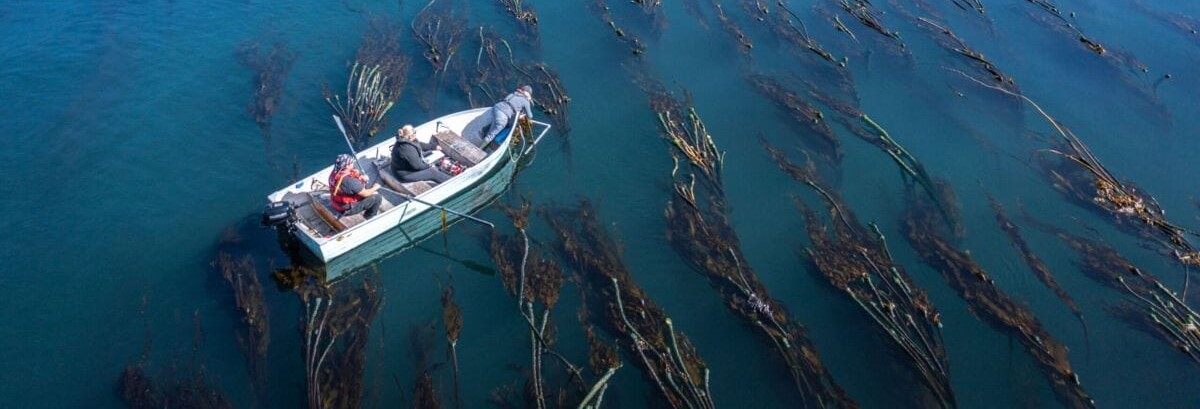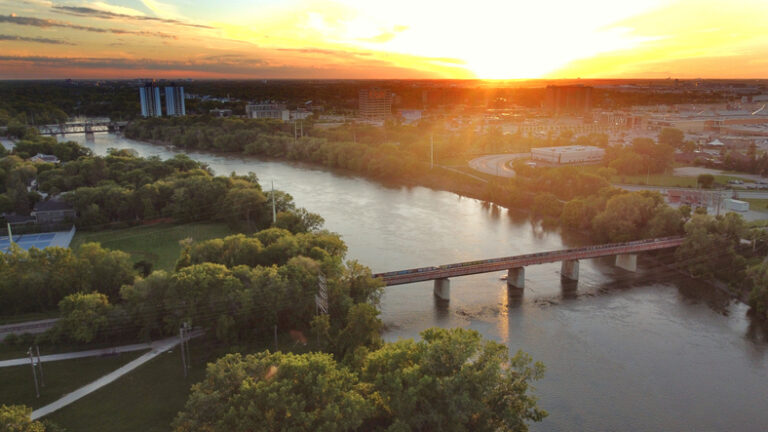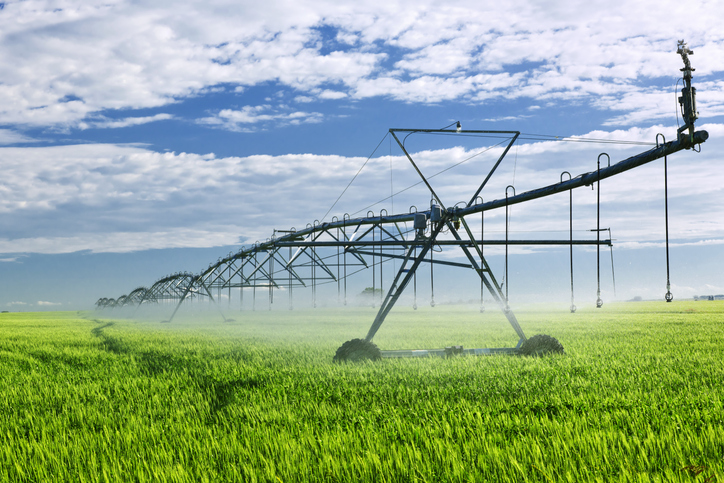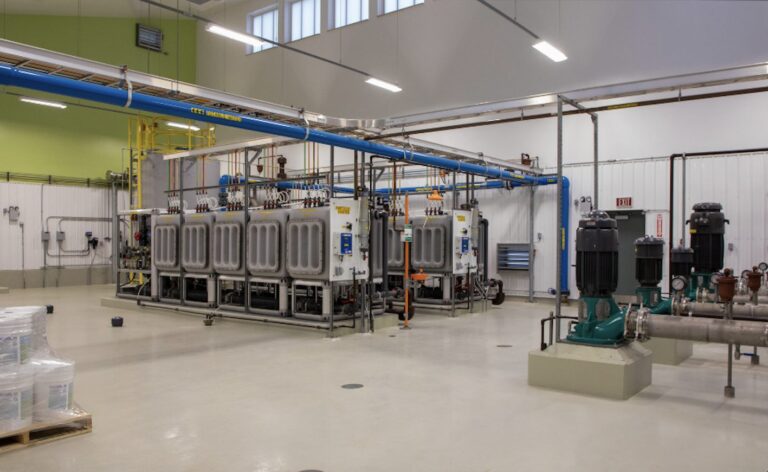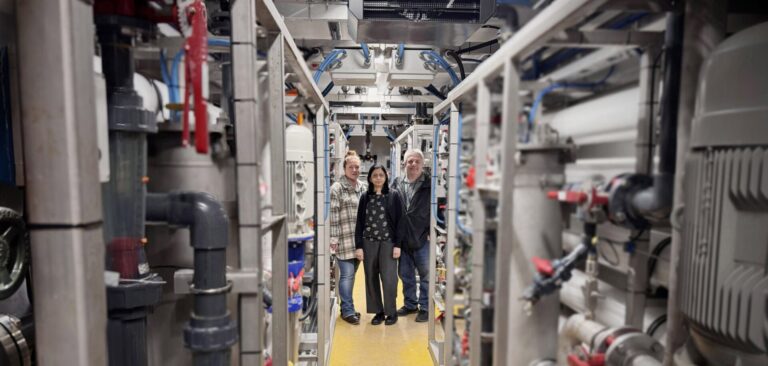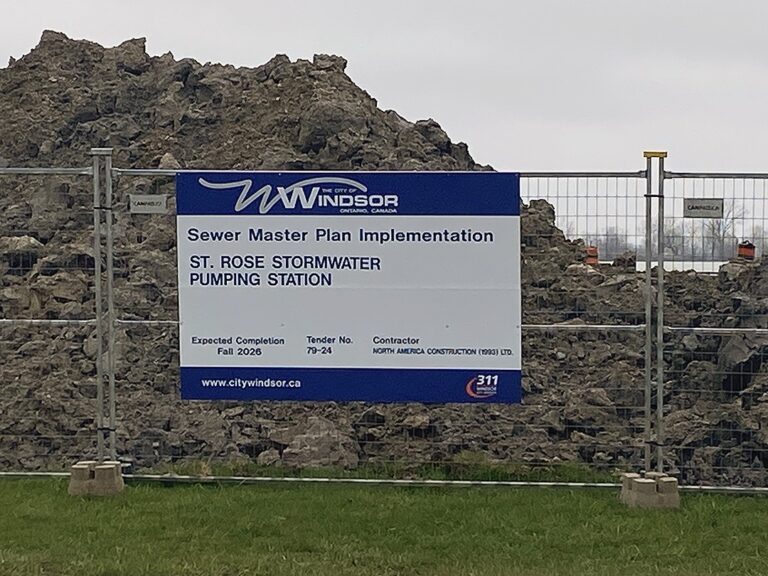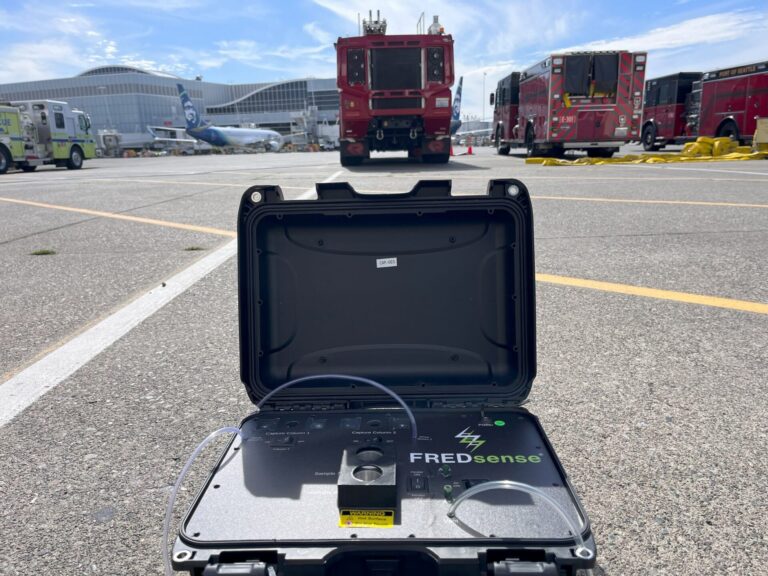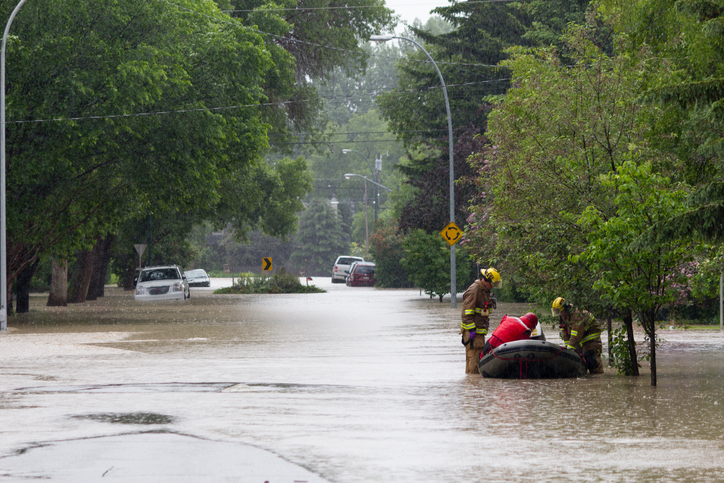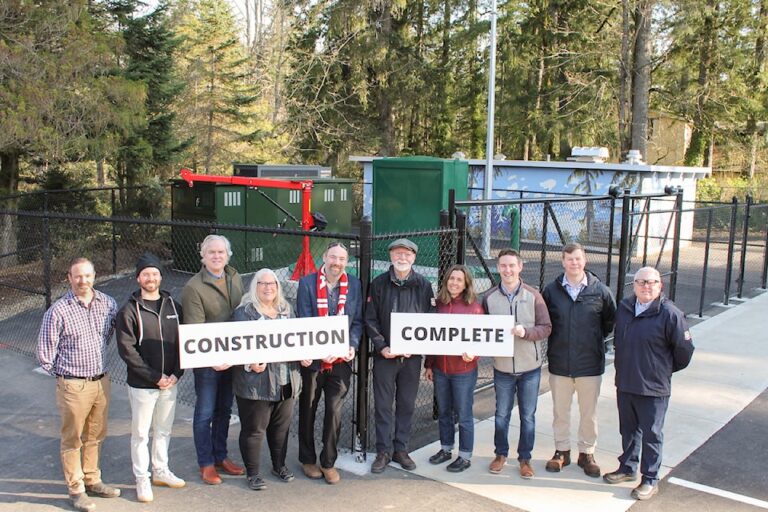VANCOUVER, BC – The Government of Canada, the Government of British Columbia, and 17 First Nations announced the signing and launch of the Great Bear Sea Project Finance for Permanence (PFP) initiative. Building on many years of collaborative planning efforts, the Great Bear Sea PFP initiative creates a co-governance structure that aims to protect and conserve marine wildlife and habitats, advance ongoing Marine Protected Area (MPA) management and stewardship over the long-term, and create thousands of new jobs that will contribute to a sustainable coastal economy.
The Indigenous-led Great Bear Sea PFP initiative will bring $335 million in new investments to the area known as the Northern Shelf Bioregion and the Great Bear Sea. Contributions include $200 million from the Government of Canada, $60 million from the Province of British Columbia, and $75 million from philanthropic organizations in Canada and around the world. These investments will be leveraged with additional private revenue sources over time to support community-led economic development and diversification, long-term funding for Indigenous Guardian programs, and stewardship and management, including in MPAs.
For many years, First Nations have worked in partnership with the Government of Canada and the Government of British Columbia, with the involvement of stakeholders from industry sectors, as well as communities and local governments, to propose a design to guide the implementation of a MPA Network in the Great Bear Sea region, announced last year as the Northern Shelf Bioregion MPA Network Action Plan. The Great Bear Sea PFP initiative will support First Nations’ capacity through the next stages of planning and implementation of the MPA Network, as well as ongoing research, monitoring, and collaborative management with the Government of Canada and the Government of British Columbia.
“Indigenous Peoples have been the stewards and caretakers of Canada’s vast lands and waters since time immemorial,” said Prime Minister Justin Trudeau. “Today’s announcement is an important step in our governments’ efforts to collaborate on and advance Indigenous-led projects that will protect the health of our marine ecosystems for future generations. We will continue to work together with Indigenous and coastal communities from coast to coast to coast to ensure Canada’s marine and coastal areas remain healthy, clean, and safe.”
The Great Bear Sea, also known as the Northern Shelf Bioregion, encompasses some of the most ecologically productive cold-water marine regions in the world. It includes globally significant populations of fish, whales, corals, seabirds, kelp forests, and other plant and animal species. The MPA Network will advance conservation efforts that protect and enhance culture, biodiversity, and thriving coastal communities for generations to come.
“Canada is proud to be part of this historic Great Bear Sea Project Finance for Permanence initiative. More than ever, our government is committed to supporting Indigenous-led marine conservation initiatives that protect our shared coasts and oceans, “ said Diane Lebouthillier, Minister of Fisheries, Oceans and the Canadian Coast Guard. “We owe such concrete actions to our children, grandchildren, and great-grandchildren.”
The MPA Network is expected to add an estimated 14,000 square kilometres of new marine protected areas to the 16,000 square kilometres of existing protected areas in the Great Bear Sea. Together, existing and new protected areas will encompass approximately 30 per cent of the Great Bear Sea. Specific designations and management plans for each MPA will be developed in consultation with First Nations, industry stakeholders, and the public.
Quick Facts
- Project Finance for Permanence (PFP) provides multi-partner investments and sustainable financing for large-scale conservation and sustainable development projects. These initiatives bring together Indigenous organizations, governments, and the philanthropic community to identify shared goals for protecting nature and ultimately halting biodiversity loss while advancing community well-being and reconciliation with Indigenous Peoples.
- In recent years, the Government of Canada has made historic investments in Indigenous-led conservation projects, including through initiatives like the Indigenous Guardians program.
- In 2022, during COP15 in Montréal, Quebec, the federal government pledged to deliver up to $800 million in support of up to four Indigenous-led PFP initiatives, including the Great Bear Sea PFP.
- Grounded in science, Indigenous knowledge, and local perspectives, Canada is committed to working with partners across the country to conserve 30 per cent of lands and waters by 2030.
- The approximately 30,000 square kilometres of the existing and proposed protected areas in the MPA Network is close in size to Vancouver Island.
- The 17 First Nations participating in the Great Bear Sea PFP are the Haida Nation, Gitga’at First Nation, Gitxaała Nation, Haisla Nation, Kitselas First Nation, Kitsumkalum Band, Metlakatla First Nation, Heiltsuk Nation, Kitasoo Xai’xais Nation, Nuxalk Nation, Wuikinuxv Nation, Da’naxda’xw-Awaetlala Nation, K’omoks First Nation, Kwiakah First Nation, Mamalilikulla First Nation, Tlowitsis Nation, and Wei Wai Kum First Nation.
- In 2023, the Government of British Columbia announceda $60-million contribution to the Great Bear Sea PFP and the Marine Plan Partnership (MaPP) to help protect vital coastal ecosystems, create new jobs, and advance sustainable fisheries and economic opportunities in the Great Bear Sea, in partnership with First Nations and donors.
- Coast Funds is an Indigenous-led conservation finance organization established in 2007 to partner with First Nations in achieving their goals for conservation, stewardship, and conservation-based economic development. Coast Funds is the fund administrator for the Great Bear Sea PFP.
- Since 2007, investments by Coast Funds from the Great Bear Rainforest Agreements have created more than 1,250 new jobs and 120 new businesses in the region. Learn more.
- The Great Bear Sea, also known as the Northern Shelf Bioregion, includes 102,000 square kilometres of culturally and environmentally significant ocean.
- Marine Protected Areas (MPAs) play a critical role in preserving and enhancing biodiversity and ecological integrity of marine ecosystems. MPA Networks are collections of individual MPAs that operate co-operatively and fulfill ecological and economic goals more effectively than individual MPAs.
- In 2023, leaders from 15 First Nations joinedthe Government of Canada and the Government of British Columbia to jointly endorse an MPA Network Action Plan in the Great Bear Sea at the Fifth International Marine Protected Area Congress (IMPAC5).
- Once the MPA Network Action Plan is fully implemented, the MPA Network is expected to cover 30 per cent of the Great Bear Sea, including new protected areas and potential enhancements to existing MPAs.
- A core component and priority of the Great Bear Sea MPA Network is the creation of a 7,800 square kilometres National Marine Conservation Area Reserve (NMCAR) on the Central Coast of British Columbia. An NMCAR would protect marine ecosystems and biodiversity as well as culturally important values and features, which support the well-being of Indigenous Peoples, coastal communities, and a diverse range of marine sectors.
- The Wuikinuxv, Heiltsuk, Nuxalk, Kitasoo Xai’xais, Gitga’at, and Gitxaała First Nations, the Government of Canada, and the Government of British Columbia have concluded a feasibility assessment for a Central Coast NMCAR, and the partners will now begin transitioning into establishment agreement negotiations consistent with the PFP closing agreement.

